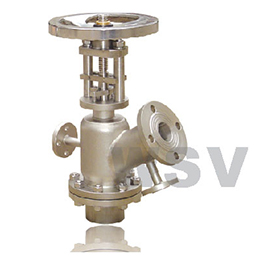Understanding the impact of operating conditions on motor life is crucial for optimizing motor performance. Various environmental and mechanical factors can shorten or extend a motor’s operational lifespan. This article explores the key factors that influence motor life and discusses how geotextile materials can be used to enhance motor durability in harsh conditions.
What are the primary environmental factors that affect motor life?
Environmental conditions such as temperature, humidity, and exposure to dust or moisture are among the most significant contributors to motor wear and tear. Motors used in extreme environments can be protected by using geotextile materials to prevent dirt and water infiltration, which could lead to corrosion and damage.



How does dust and dirt impact motor life?
Dust and dirt can enter the motor housing and clog essential components, reducing efficiency and causing overheating. Using geotextile fabrics around motors or in areas prone to debris buildup can act as a barrier, protecting the motor from these harmful particles and prolonging its life.
What role does temperature play in motor life?
Extreme temperatures, both high and low, can significantly affect motor performance. High heat can lead to overheating, while freezing temperatures can cause certain components to contract or become brittle. The use of geotextile materials can help maintain a more stable temperature environment, shielding the motor from extreme heat or cold.
How can proper motor housing and protection impact motor longevity?
Proper motor housing can protect the motor from external factors, reducing the chances of premature failure. Geotextile materials can be used to create barriers or filters that help maintain clean and safe motor operation, particularly in harsh or outdoor environments.
By understanding the relationship between operating conditions and motor life, and using protective measures like geotextile, users can ensure their motors last longer, providing more consistent and efficient performance.
